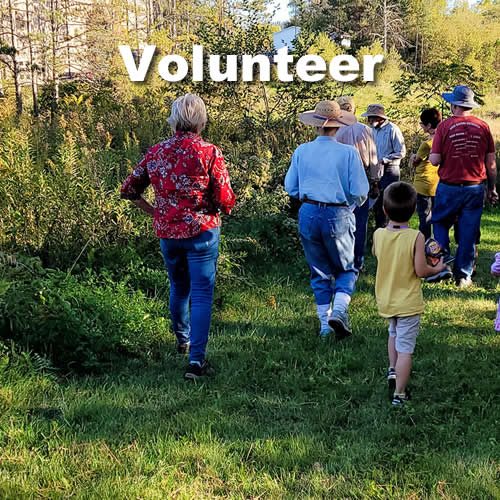Urban conservation is the ecological practice of conserving green areas and natural resources in an urban setting. Yards, parks, and rivers in urban areas can all benefit from urban conservation practices, which typically clean up pollution and encourage population by native plant and animal species.
Here are some examples how practice Urban Conservation:
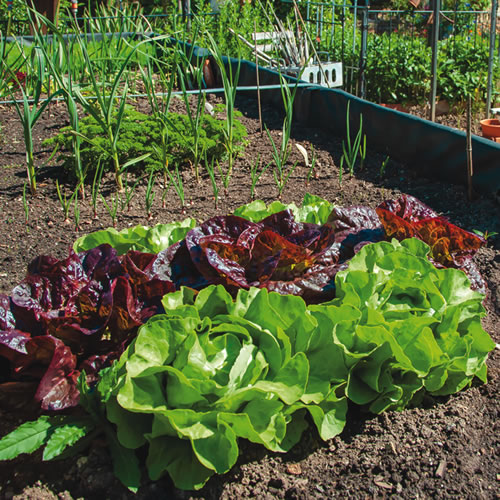
Rain Barrels
A rain barrel is a rainwater collection system that stores rooftop runoff to be used for watering lawns and gardens. When rainwater falls off your rooftop, it runs into gutters and downspouts and then either soaks into the soils of the surrounding landscape or flows into the street. The water that ends up in the street is called storm water.
Excess storm water carries a wide variety of pollutants such as gasoline, motor oil, heavy metals, trash, and urban fertilizers and pesticides from lawns. Many homeowners have to drag a long garden hose, or carry multiple watering cans to their gardens.
Have you ever considered collecting rain water from the garden shed that is next to the garden? In just a 1” rainfall, the water from a common garden shed (8’ x 10’) will fill a 55-gallon rain barrel. This water would be right next to the garden, and be incredibly convenient.
The Fillmore SWCD sells Rain Barrel kits for $40.00. Contact Aaren Mathison at 507-887-0240 if you’d like to purchase one or find out more about them.
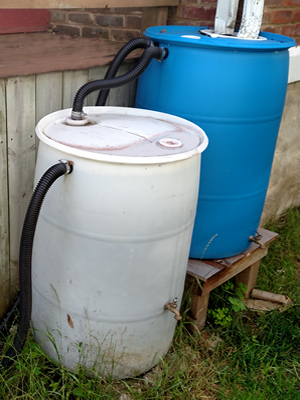
Rain Gardens
A rain garden is a depressed area in the landscape that collects rain water from a roof, driveway or street and allows it to soak into the ground. Planted with grasses and flowering perennials, rain gardens can be a cost effective and beautiful way to reduce runoff from your property. Rain gardens can also help filter out pollutants in runoff and provide food and shelter for butterflies, song birds and other wildlife.
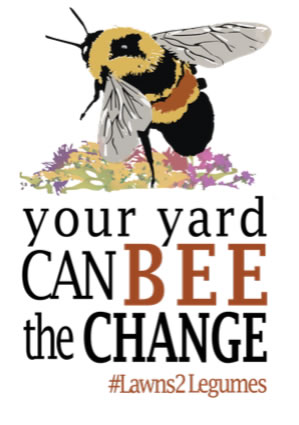
Lawns to Legumes – Bee the Change!
Minnesota is home to more than 450 native bee species. Pollinators also include butterflies, moths, beetles and native flies. All play a key role in pollinating many food crops and native plants, but populations have significantly declined worldwide in recent years. Population decline can be attributed to habitat loss and lack of related nutrition for pollinators, as well as pesticide use and pathogens. Lawns to Legumes seeks to combat population decline by creating new pollinator habitat and habitat corridors that provide food sources and nesting space for pollinators. The program emphasizes protection of at-risk species, such as Minnesota’s state bee, the federally-endangered Rusty patched bumble bee.
Everyday Conservation Opportunities
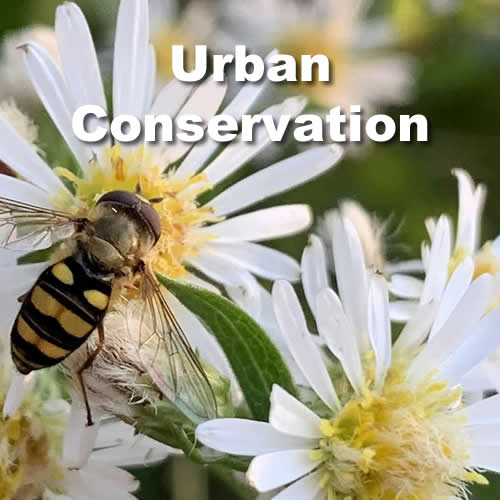
Urban Conservation
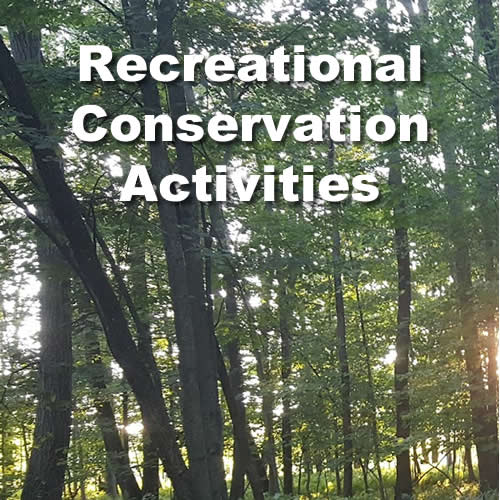
Recreational Conservation Activities
